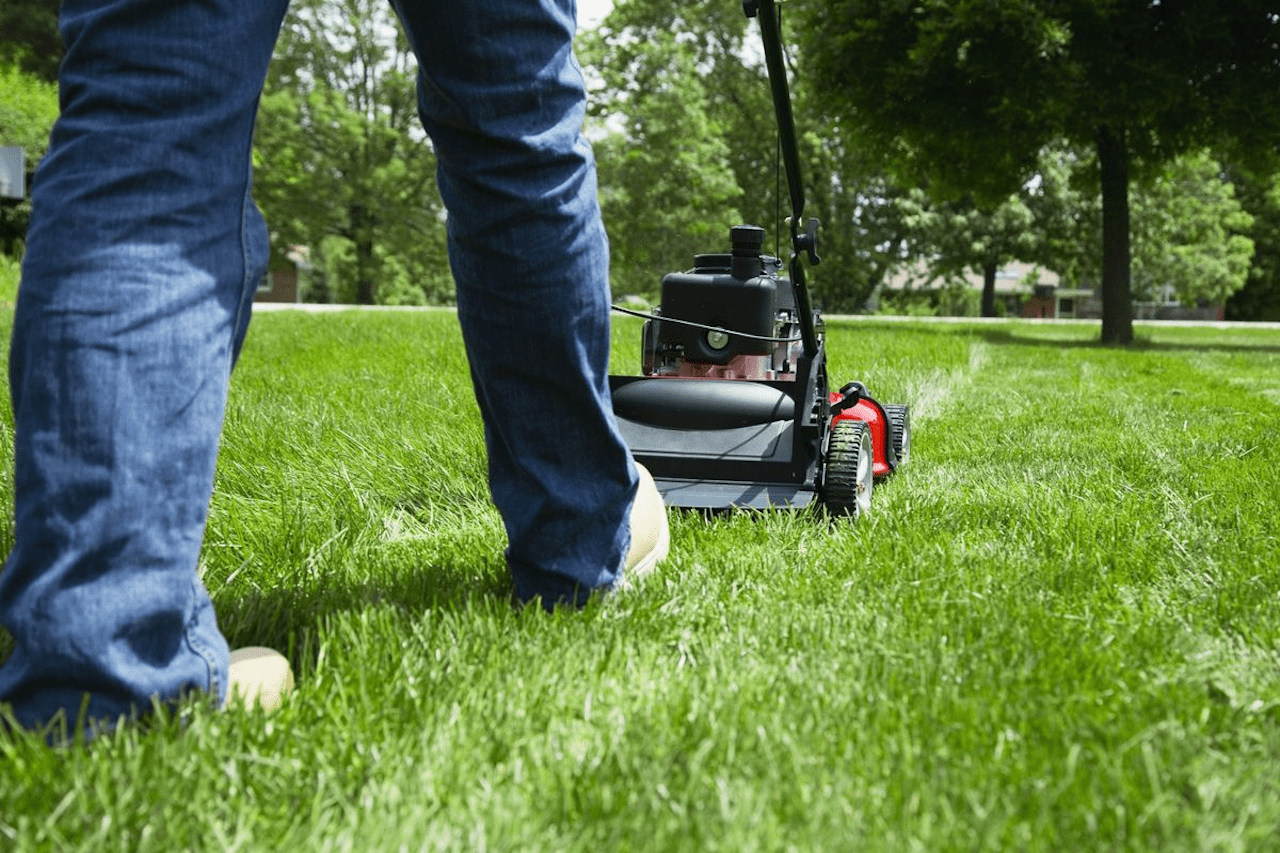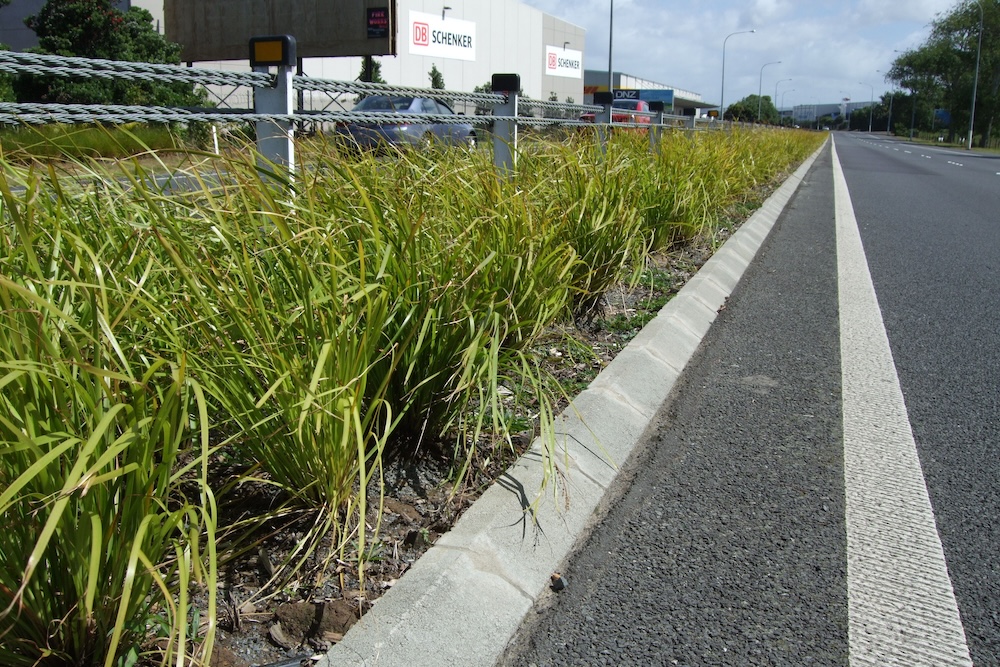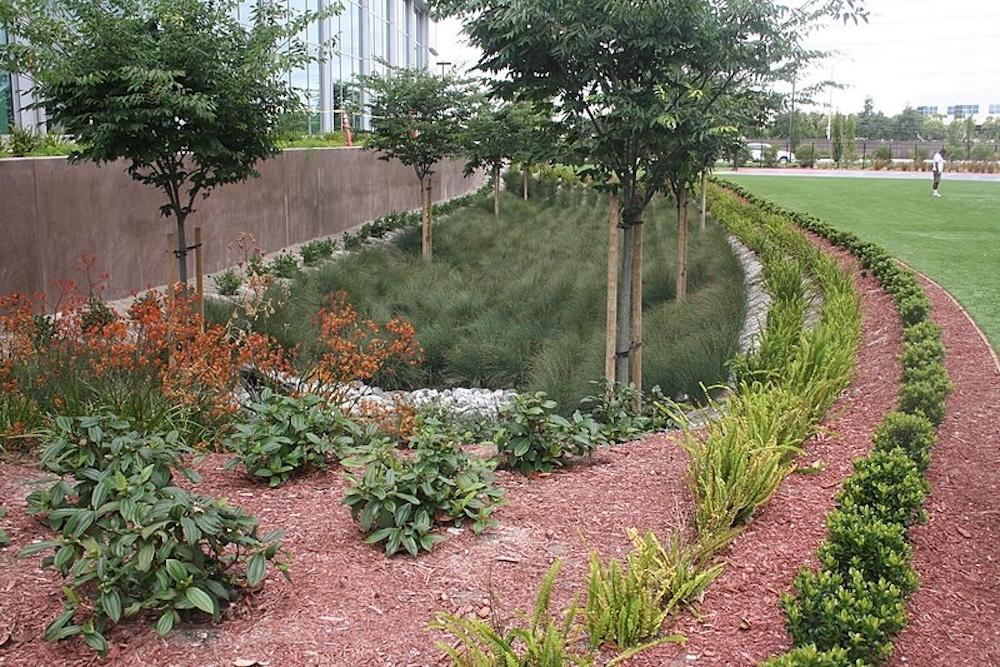Plants, including those in your backyard, can be one of our most effective tools in battling climate change.

Mowing Research
Update – 3rd Year Evaluations
- Trial results on not mowing for almost 6 months.
What height did the turf varieties reach? Click Here - Winter colour evaluation, 3rd year. Click Here
- Clipping rates from turf plots, 3rd year. Click Here
- Spring Green up, 3rd year. Click Here
Mowing frequency evaluation and general observations of popular turf varieties
– First and Second Evaluation
By Ian Paananen (Agricultural Scientist), Henry Locock (Mowing Contractor), and Nathan Dutschke (Horticulturalist and Ozbreed Employee)
Mowing Frequency
Empire Turf in this investigation required the least mowing, followed by Buffalo.
Kikuyu needed 3 times more mowing than Empire, and 2.58 times that of Buffalo. Couch needed twice as much mowing as Empire.
Other turf types compared to Empire.
| Variety | Percentage increase of Mowing vs Empire | Average No of Mows over 14 weeks, Spring/Summer |
| Empire | 0% | 5.5 |
| Buffalo Variants | 31.80% | 7.25 |
| Greenlees | 100.00% | 11 |
| Kikuyu | 172.70% | 15 |
A taller mowing height in summer helped all the Buffalo varieties and Empire perform better in drought.
Buffalo Comparisons were also conducted
The best winter colour for a low maintenance turf in the trial was Palmetto. It had a 25% better late winter colour than Sir Walter, and a 126% better winter colour than Shade master Buffalo.
Based on sensible maintenance, and analyzing the minimum mowing frequency this investigation shows that Palmetto required 14.3% less mowing than Sir Walter. Shademaster required 7% less mowing than Sir Walter and Palmetto required 7.7% less mowing than Shademaster.
Palmetto had considerably less thatch than Sir Walter. Shademaster had by far the most thatch (Sponginess) of all three Buffalos in the trial.
Sir Walter produced noticeably far more seed head than the other Buffalo’s Palmetto and Shademaster.
Final Conclusion
Choosing the right lawn variety, can save money and help the environment. A switch to Empire turf, and Buffalo lawns from Couch and Kikuyu could save billions of dollars in mowing costs, and save millions of tonnes of carbon from being released into the atmosphere throughout Australia.
Mowing taller, at higher clipping rates, and at less frequency could also save millions of dollars in mowing costs, and millions of tonnes of carbon going into atmosphere, assuming you have chosen the right lawn type, namely Empire turf, or Buffalo turf. Lawns such as Couch and Kikuyu are not suitable for this type of mowing.
This is only a summary of key findings, but to better understand the paper, and see the research and other important aspects, it is recommended to read the entire paper.
Please note: The results in this investigation were achieved in what we believe was an accurate and unbiased manor, and should anyone follow the same experiment again, Ozbreed believes they should get similar results.
For purposes of full disclosure, the following information is tabled. This investigation was conducted by Ian Paananen, a scientist, who has completed some other paid work for Ozbreed Pty Ltd in the past, and Henry Locock, a mowing contractor who has worked for the principle of Ozbreed in the past, and Nathan Dutschke a horticulturalist and an employee of Ozbreed.
Abstract
The cost of mowing turf in Australia is considerable, both in dollar terms and in the amount of pollution lawn mowers make.
Research from the USA shows that mowing contributes significantly to green house gasses. For these reasons it is important to quantify which lawns need less mowing than others. Little research has focused on this in Australia.
The purpose of this investigation is to quantify the minimum amount of mowing various lawn types need to keep an acceptable appearance.
This will be particularly useful to government bodies, golf courses, sporting venues, parks, real estate developments, home owners, or anyone interested in saving mowing costs, or reducing green house gases.
This research was conducted over 2 sites near Windsor, which is North West of Sydney, for two years, using a total of 12 replicated plots, showing different maintenance techniques.
The first part of the trial showed that Buffalo turf types and Empire Zoysia could tolerate taller less frequent mowing to look good, whilst Kikuyu and Couch needed more frequent lower mowing to keep acceptable quality.
The second part of the investigation showed that the minimum mowing required to keep Kikuyu looking good, was 3 times that of Empire Turf, and 2.58 times that of Buffalo.
Compared to Empire turf, the turf variety that needed the least amount of mowing in the investigation, Kikuyu required 173% more mowing, whilst Couch (also known as Bermuda Grass) needed 100% more mowing than Empire, and Buffalo (also known as St Augustine) needed 32% more mowing than Empire to keep the lawns at an acceptable quality.
If turf users all over the country reduced their mowing frequencies to those outlined in this investigation, and if they switched to varieties that need less mowing like Empire Zoysia, or to a lesser extent the Buffalo varieties then the savings in green house gases based on USA Mower pollution data could be millions of tonnes, and the savings in dollars could be immense.
In the course of this investigation, other evaluation studies were conducted, and data was collected from organised observations. Both Autumn and Winter colour were rated on each variety, with Kikuyu and Palmetto Buffalo having the best winter colour ratings.
Thatch ratings were also taken, with Palmetto having the least thatch development of the Buffalos. Seedhead under stress was also observed, as too was drought stress in relation to mowing heights.
All the Buffalos and Empire turf were less drought-stressed when mown higher in summer, compared to the shorter mown plots of the same varieties.
![]()
To read the entire paper, download the pdf.
Mowing frequency evaluation and general observations of popular turf varieties | 900KB




This Post Has 0 Comments